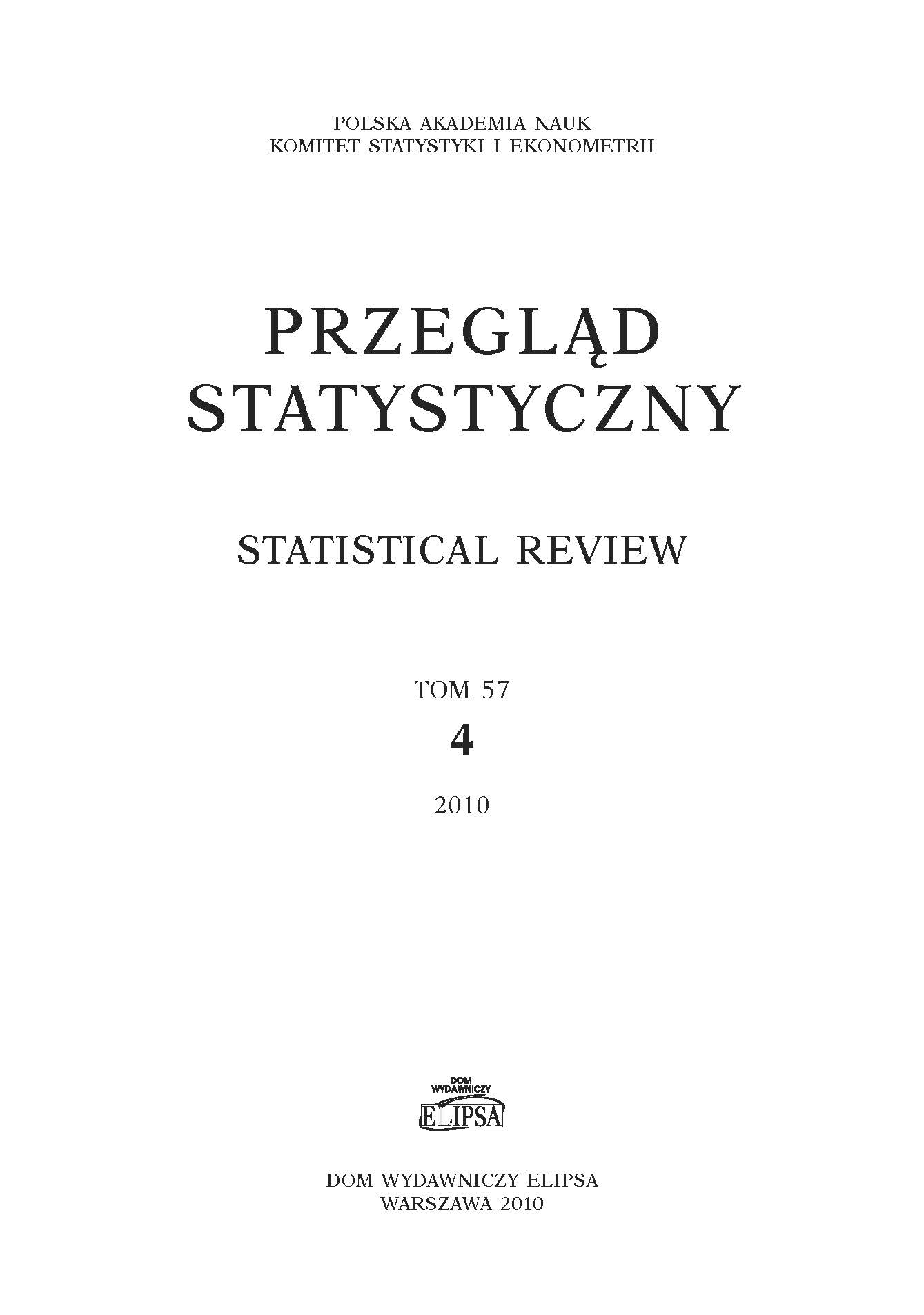Latent Variable Models – Issues on Measurement and Finding Exact Constructs in Customers’ Values
Latent Variable Models – Issues on Measurement and Finding Exact Constructs in Customers’ Values
Author(s): Piotr TarkaSubject(s): Economy, Business Economy / Management, Socio-Economic Research
Published by: Główny Urząd Statystyczny
Keywords: latent models; constructs; customers’ values
Summary/Abstract: In article author defines different measurement latent models and describes specify of measurement latent constructs. In literature some examples of these models are: the “true – score” model of classical test theory, the “domain score” model, item response model, factor analysis and latent class models. This work also presents method of estimation that should be undertaken in the identification process of latent constructs. Some aspects related with adjustments in the measurement model depending on distance between respondent and their responses, are also discussed. Author describes them from the prospect of 1) distance between respondent and response on the construct (variable) map; 2) distance between different responses on the construct map and 3) difference between different respondents. Next going on to further description, author considers two types of models based on metrical items characteristics: EFA and CFA. In the exploratory factor analysis as a key latent variable model in constructs detection and their formulation is defined where 4 latent constructs are extracted. These four detected constructs (based on earlier set of 22 value items) were given the following names: “Conservatism”, “Freedom-Independence”, “Hedonistic Consumerism”, and “Life Sensitiveness”. Secondly there is implemented CFA model which reduces number of value items from 22 to 14, containing only two latent constructs called “Conservatism” and “HedonisticConsumerism”. Additionally those constructs were in the end, described with selected AIOD variables where MDS was applied. And at last constructs were defined in context of their utility for marketing activity.
Journal: Przegląd Statystyczny. Statistical Review
- Issue Year: 57/2010
- Issue No: 4
- Page Range: 142-167
- Page Count: 26
- Language: English

